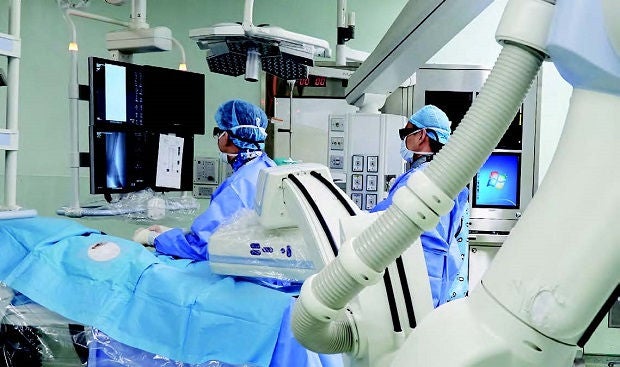
Surgical techniques have advanced in tandem with the rise in high-tech machines and equipment.
It wasn’t so long ago that nurses at Singapore General Hospital’s operating theatres (OTs) had to scrub, sterilise and pack surgical instruments after use. That was in the 1970s. Today, instruments go to a central cleaning station, with automation and technology taking care of much of the work.


In the same way, the OTs of today have evolved with the advancement of technology. Surgical techniques have changed in tandem, with minimally invasive or keyhole surgery becoming more popular. Instead of large cuts that traditional open surgery requires, tiny incisions are made in the surgical area for scopes fitted with very small and precise cutting instruments, and high-definition cameras to enter through to perform surgery. Robotics-assisted surgery takes keyhole procedures a step further, with surgeons performing the operation “remotely” via a computer console and with the aid of robotic arms.
SGH’s more than 30 OTs are sophisticated, state-of-the-art rooms, designed and equipped with an array of high-tech equipment that includes navigation tools to help surgeons zoom in precisely on tumours, for instance; scanning machines like x-ray, computed tomography (CT) and magnetic resonance imaging (MRI) machines to allow scans to be done during procedures; and links to the hospital’s computer systems to allow easy access to patients’ data like medical reports. Some OTs are also set up for specific or special procedures such as stenting, awake brain and interventional radiology procedures. The robotic-systems OT is another that is built with a reinforced floor to withstand the weight of the machine. 
Get the Health Buddy App
© 2025 SingHealth Group. All Rights Reserved.













 Get it on Google Play
Get it on Google Play